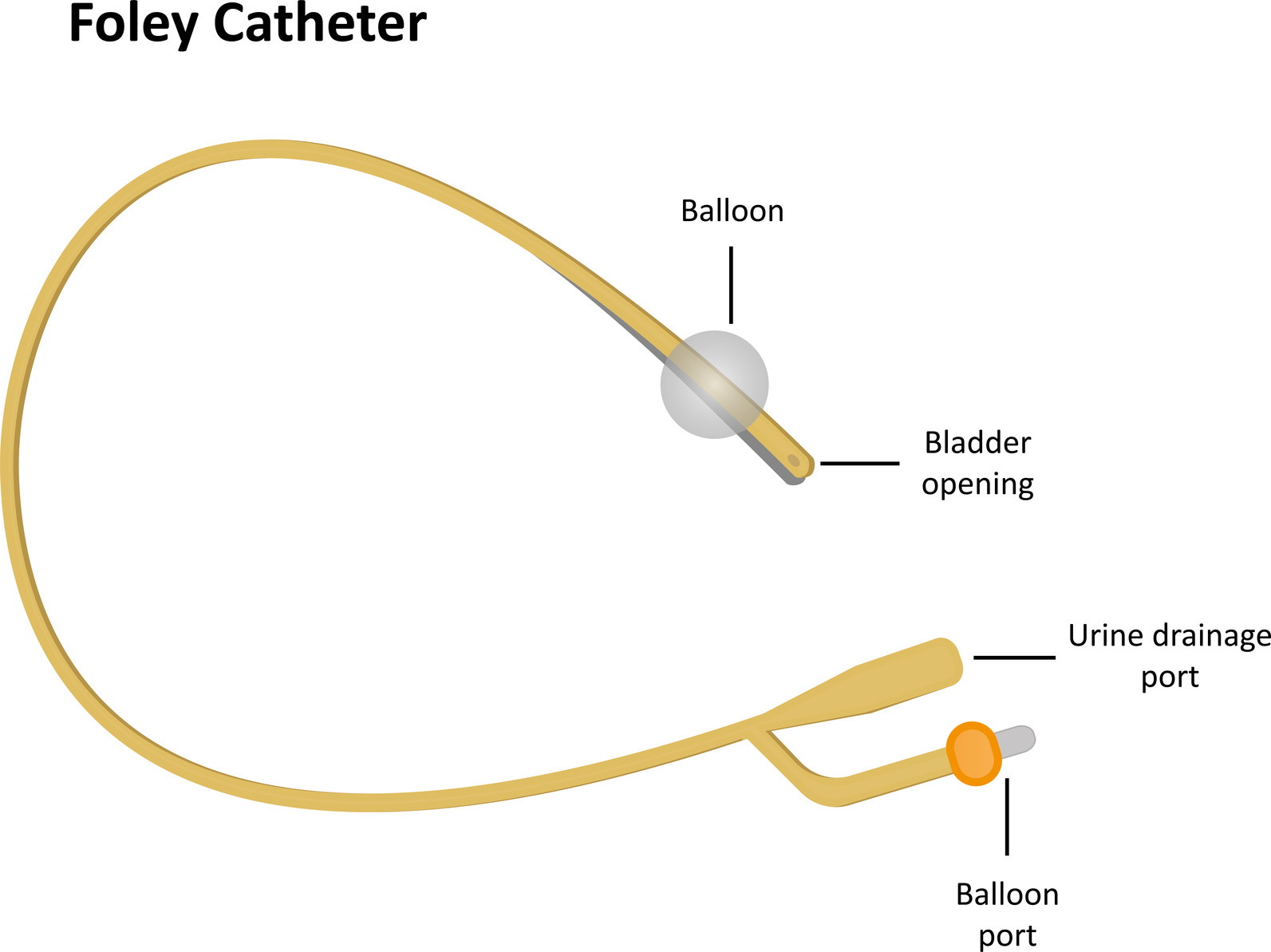Contact Vicki
If you have any questions or would just like more information please don't hesitate to get in touch by clicking the button below and filling out the contact form.
Contact Vicki

The aim of using the balloon catheter is to try and avoid a pharmaceutical induction and is recommended by the World Health Organisation (WHO). The Foley’s catheter is a single balloon inserted inside the cervix and the Cook’s device is a double balloon, one inserted inside the cervix and one left on the outside of the cervix.
You will be asked to empty your bladder and the midwife will palpate your abdomen to assess the position of baby and how far down your baby is (station).
You will be attached to the foetal monitor for 20 – 30 minutes to assess a baseline for your baby’s heart rate to ensure that baby is in good health and stable. You may be required to have regular heart monitoring to ensure the wellbeing of your baby.
The midwife will then use a sterile solution to disinfect around your vulva. A small rubber tube is inserted through the cervix, and then the deflated balloon portion is inflated with a saline solution and left between the amniotic sac and the bottom of the uterus on the other side of the cervix.
The balloon is then left in place with the tubing being taped to the inside of your thigh to allow the midwife to use traction from time to time to create pressure against the cervix (similar to a baby’s head), to help it soften and open and trigger the release of prostaglandins.
Once the cervix has started to dilate, the balloon will fall out, and this may be enough to start spontaneous labour. You will be assessed, and the next step will be discussed and decided.
Foley Catheter Benefits
Foley Catheter Risks
Here are the RANZCOG Guidelines for Induction of Labour in Australia and New Zealand.
If you have any questions or would just like more information please don't hesitate to get in touch by clicking the button below and filling out the contact form.
Contact Vicki